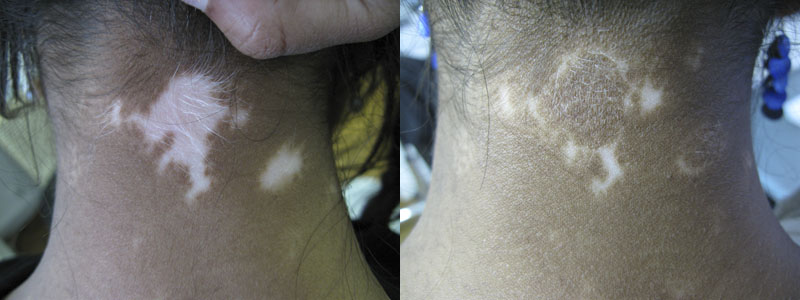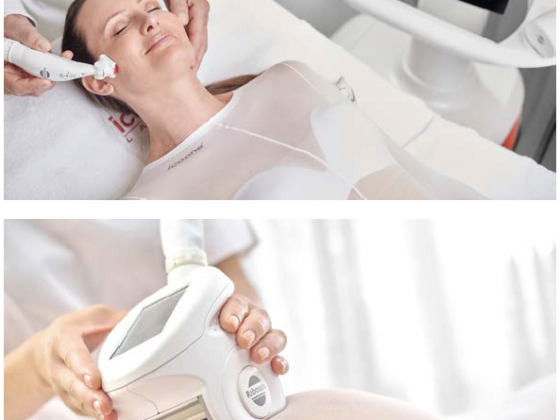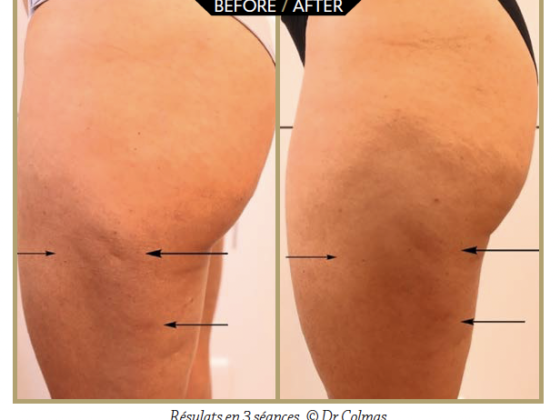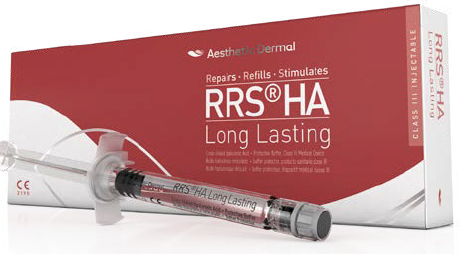By Doctor Michel Pascal
Precautions to take, effective treatments and how to live with it
 Vitiligo is a disease that affects the melanocytes, the pigmentary cells of the skin’s dermis and epidermis.
Vitiligo is a disease that affects the melanocytes, the pigmentary cells of the skin’s dermis and epidermis.
These cells are responsible for the synthesis of melanin, the natural pigment of the skin. Vitiligo appears in the form of white patches that contrast with the usual colour of the skin. The condition is often noticed after holidays in the sun, when the patches of white skin stand out against the tanned areas of the body. Skin affected by vitiligo burns easily in the sun.
How to recognise vitiligo
Vitiligo can affect any part of the body but it is mainly found on the face, the hands and feet, and the genital area. The depigmentation is particularly visible in patients with dark skin. The pattern of the patches can be influenced by repeated rubbing or pressure. The patches are not painful but do burn in the sun.
Is vitiligo hereditary?
It is not a hereditary condition, but there are strains which can affect several members of one family. Specific genes have been found in patients with vitiligo.
Precautions to take
Patients must protect the affected areas of skin from the sun with a total sun block, as too much sun can exacerbate the patches of vitiligo. However, if the vitiligo is being treated, controlled doses of sun can encourage re-pigmentation. Repetitive gestures should be avoided, in particular on known sensitive areas and on areas where the patches have spread. Vitiligo is not contagious – sufferers can touch other people without any risk of spreading the disease.
Are there any efficient medical treatments?
In the year 3,000 BC, the Egyptians used to swallow the seeds of a plant found by the Nile, the Ammi Majus (bishop’s flower). In 1970, psoralens emerged as a treatment thanks to their photosensitising properties: they are prescribed in pill form and used in association with type A ultraviolet rays.
More recently, in 2003 a study showed that excimer lasers can act as a catalyst for the re-pigmentation of patches of vitiligo after around 12 to 15 sessions. Their efficiency is around 75% on the face and 50% on the rest of the body, with the exception of the hands and feet.
Excimer lamps are a good alternative for similar results. It is rare to see full re-pigmentation of the patches, but the face can easily regain some colour after a few months.
Melanocyte transplant
This is offered when all other medical treatments have failed. Cylindrical mini-grafts of skin, thin epidermal grafts or a suspension of non-cultivated melanocytes are used, depending on where the graft is to be implanted.










